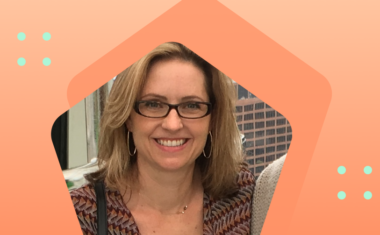How To Become a UX Designer + Expert Tips [7 Step Guide]

In this article

Have you ever used a website or app and found it was both enjoyable and met your needs? In that case, you have personally experienced the benefits of good user experience (UX) design.
Many people don’t know what UX design is, but it’s an essential part of the technology we use and see every day.
The user experience is all around us, so the demand for UX designers is rising. A career in UX design is lucrative and rewarding, as the field is rapidly evolving.
UX designers have one of the best jobs in the world. It’s a unique combination of creativity and craft to solve problems for real people.
Looking for ways to become a UX designer? If so, this guide is for you. Here is what you need to know about the UX industry, the skills you should develop, and how to get started on your journey to becoming a UX designer.
Is It Hard To Become a UX Designer?
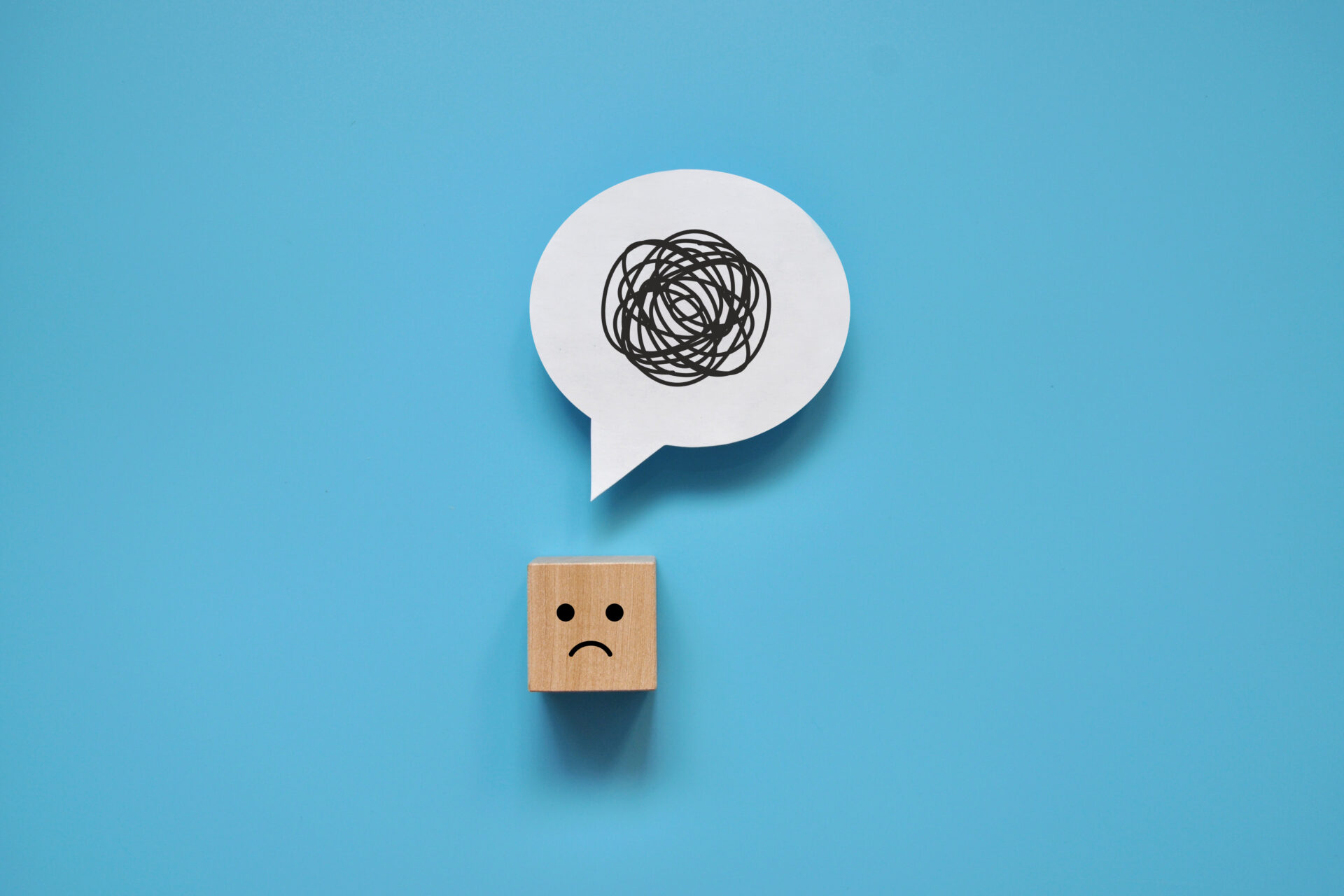
It’s not uncommon to wonder where to begin when getting into UX design. With the high demand in the industry, finding your first job in UX design can feel daunting, especially if you’re new to the field.
The good news is, UX design does not require a lengthy and complicated degree program to be lucrative. Many who don’t have college degrees often attend bootcamps and receive certificates from UI/UX institutions instead. In just a few months, you’ll gain all the knowledge you need to become a UX designer.
Making a plan is an essential step to pursuing a career in UX design. If you put in a little more effort, network strategically, and carefully review your portfolio, landing your first UX job will be easy. Check out these actionable steps to help you along the way.
How To Become a UX Designer
-
Learn About the Industry
-
Learn the Foundations of UX Design
-
Learn About User Experience Design Processes and Methods
-
Expand Your Skill Set With a Course
-
Build a Portfolio
-
Find a Mentor or UX Network
-
Build Your CV Around the Job You Want
Starting a new career is a significant change. It takes a lot of effort and dedication to become a UX designer. Prepare for success by creating a plan and establishing a clear goal. Let’s review the steps to take.
Learn About the Industry
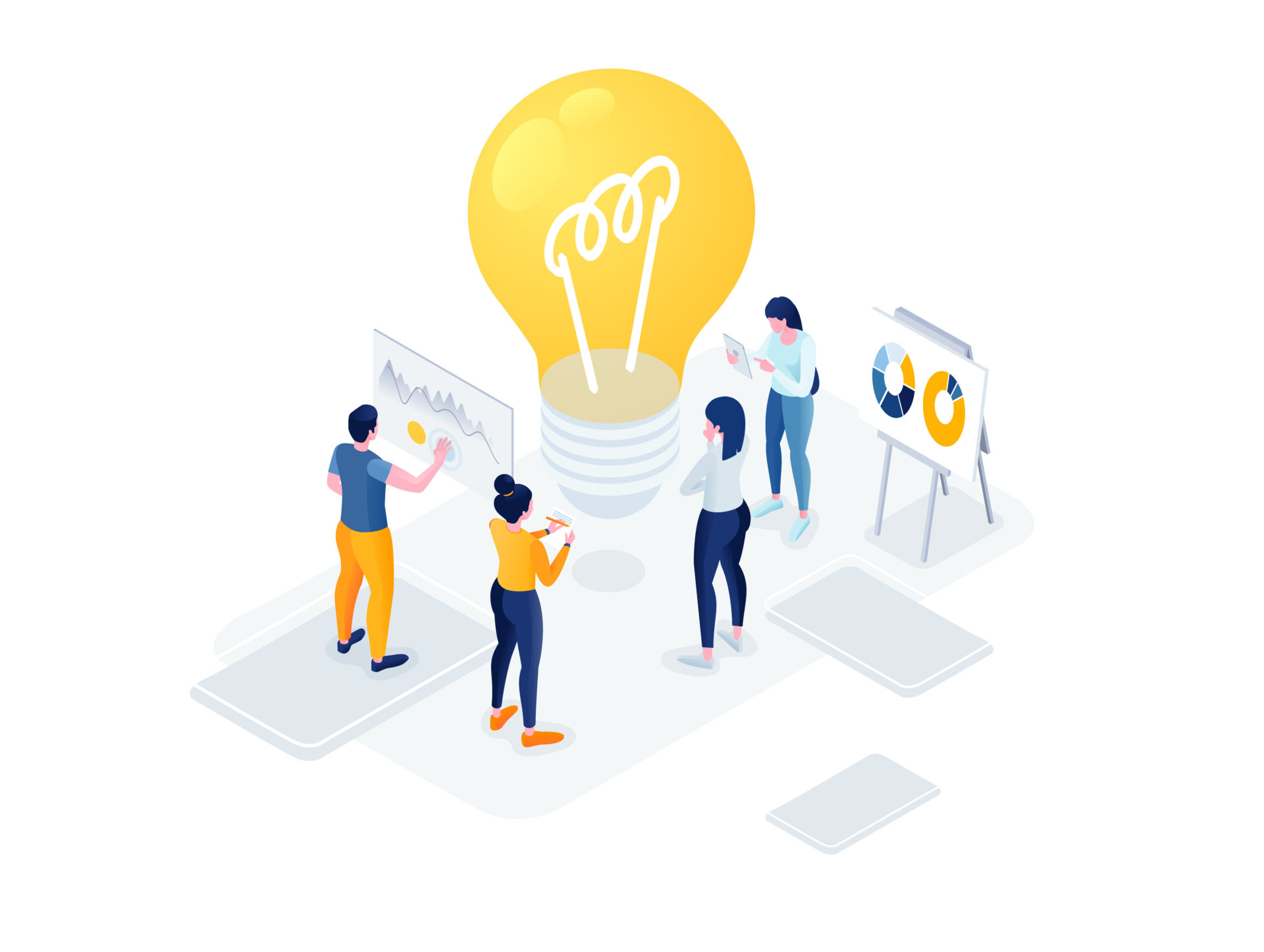
Your first step is to get familiar with the UX industry in general. Take some time to learn more about the industry and develop a basic understanding of user-centered design.
To be an effective UX designer today, you need to understand the various disciplines involved. Try to gain as much knowledge about UX as possible. The goal is to develop a broad understanding of what you will soon learn and determine whether you wish to specialize in one area.
What should you do to gather all this information? Start from where you are. Google “UX design,” or enter it into the search bar on your favorite social media app. Have fun exploring. Check out websites like UX Planet and UX Collective, watch Youtube channels like The Futur, and read blogs like The UX Blog and the Springboard blog.
Being immersed in the industry will make you more aware of the world of UX and what you would like to explore further.
Learn the Foundations of UX Design
Once you understand the meaning of user experience, you can learn how to design for it. The UX design process should always be centered on the user. As the term “user experience” implies, you should focus your efforts on improving how users experience a product or service.
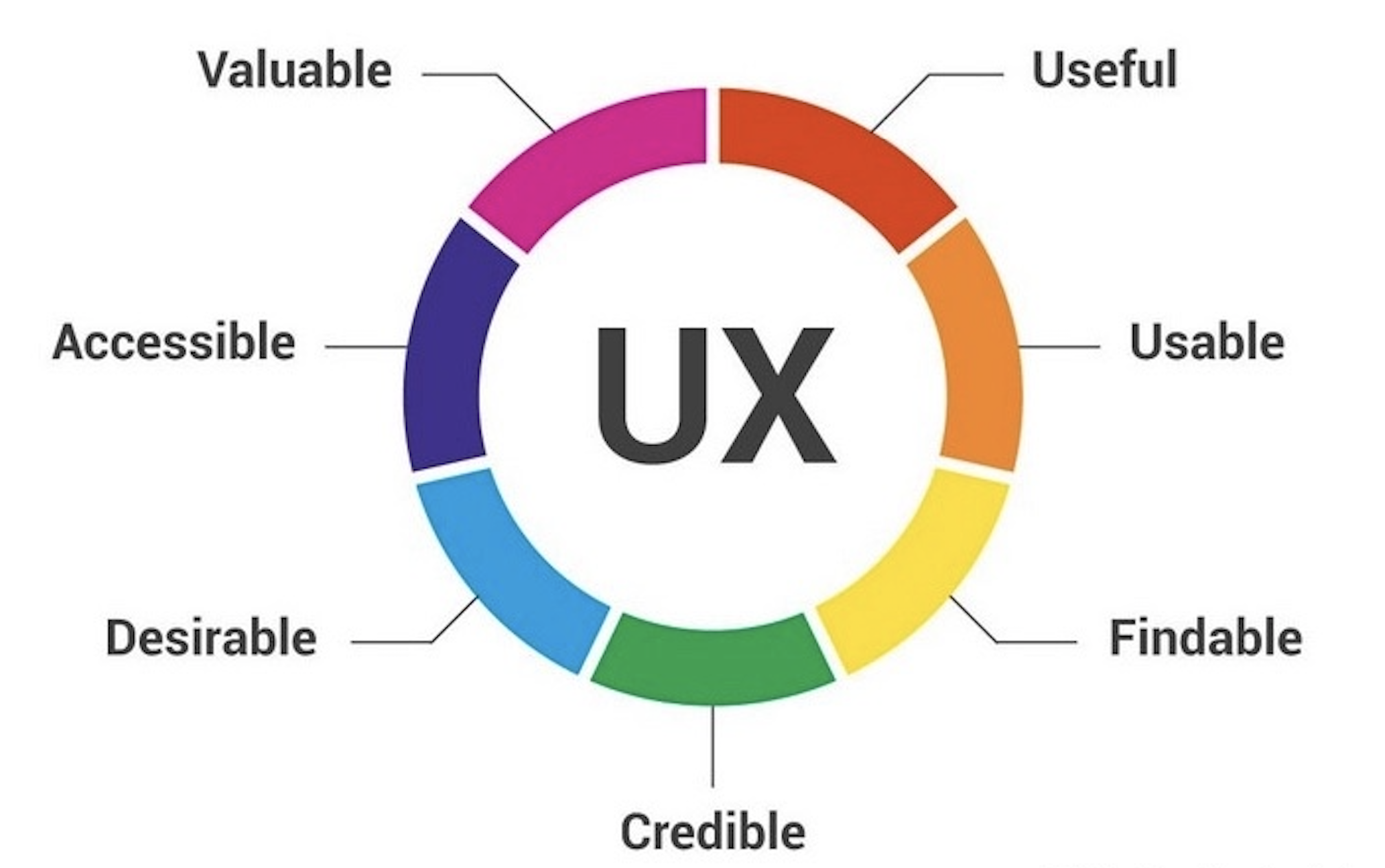
Source: Interaction Design
To become a proficient UX designer, you must learn some basic principles. According to the Interaction Design Foundation, UX principles are “fundamental points of advice for making easy-to-use, pleasurable designs as we select, create and organize elements and features in our work.”
To build a solid foundation, you must take your time and learn the UX design principles.
Usability and context are two fundamental principles to remember. Make sure you understand your target audience and the context in which they use your product. There are many aspects to consider, including their location, emotional state, and the devices they use. UX design is about solving a user’s problems, so usability is vital. It doesn’t matter how pretty something looks if it can’t be used easily.
Learn About User Experience Design Processes and Methods
Steve Jobs said, “Good design is not just what it looks like and feels like. Design is how it works.”
A website or app UX design is essential to its success. A UX designer’s job is to make completing a task as easy as possible. When this is done appropriately, it often goes unseen. Good design is invisible because it simply works as expected.
UX design success comes from keeping your users at the center of the design process. The result is a simple, intuitive, flexible, and engaging design.
In the UX design process, UX designers follow a series of steps when designing or redesigning a product. It is common for a designer to cycle through the phases to continuously improve and polish your designs. However, there is generally an order to these steps. The process can be broken into four stages: research, design, testing, and implementation.
This overview will help you understand each phase’s various methods and processes. Here’s a list of some critical methods and techniques UX designers use:
- User research
- User personas
- Wireframing
- Prototyping
- Information architecture
- User testing
Those are just the basic methods; as you learn more, you’ll soon find that they encompass a variety of other, more advanced ones.
Get to know each of the steps in the design process. When you understand how the process unfolds and what it takes to create an effective UX design, you will be prepared to maximize the learning experience.
Expand Your Skill Set With a Course

Once you have some industry knowledge and an understanding of UX design and the design process, you can build and expand your skills with a UX design course.
Even though college degrees are not required for a UX design career, technical training and education are highly recommended. According to Nielsen Norman Group research, many non-degree-carrying designers take online courses and earn UX-related certificates such as those offered at Springboard.
Start by checking out Springboard’s free UX design learning path. It brings together UX design courses, videos, and resources from across the web, organized in an easy-to-follow sequence. Once you’re ready for the next step, consider enrolling in a UX bootcamp to learn the real-world skills you’ll need to succeed in UX.
Get To Know Other Design Students
Diego Encarnacion
Design Researcher And UX Designer at IBM
Arin Soukoule
Design Experience Analyst at Accenture Interactive
Natalie Breuner
UX Designer And Researcher at Magoosh
Build a Portfolio
After you’ve taken some UX design courses and honed your skills, you should be able to demonstrate your ability to design. Now it’s time to start building one of the most crucial pieces of your journey to becoming a UX designer–your design portfolio.
A portfolio is a personal website that introduces you and contains a sample of your work. Your UX portfolio works in conjunction with your resume so that recruiters and hiring managers can see the work you describe.
Your portfolio should be easy to read, clear, and concise. You need to ensure that employers will discover who you are and what your work is in a short amount of time.
Your UX portfolio should include your contact information and a brief bio. You should include a few of your best designs, as well as a case study for each that details the what, how, and why:
- What: the problem you were solving
- How: your solution to the problem
- Why: the reasoning behind your solution
For more hints, check out these helpful tips on building your first UX design portfolio.
Find a Mentor or UX Network
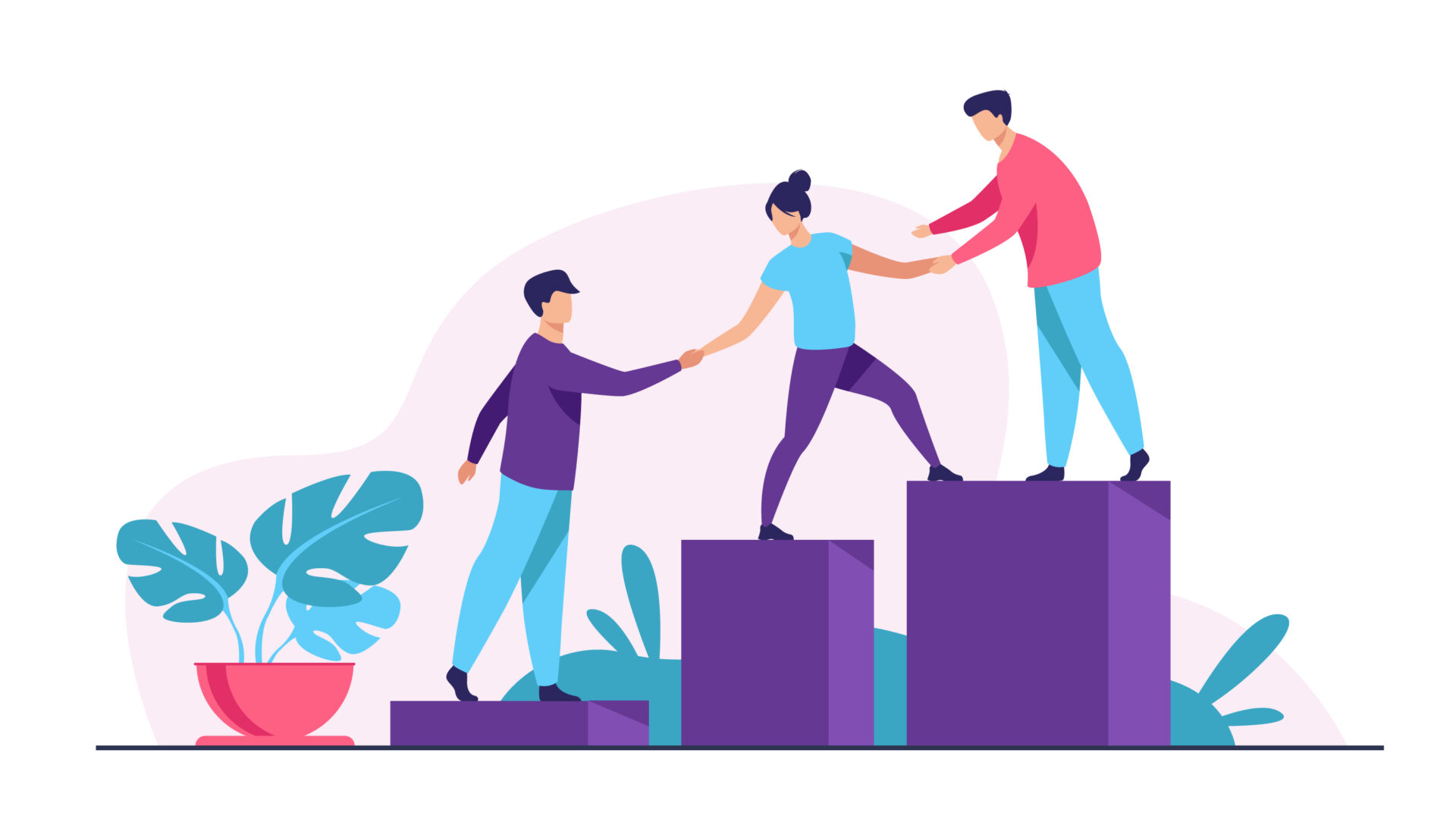
On the road to a UX career, mentorship and networking are critical components you shouldn’t ignore.
Mentorship can be beneficial when you’re first starting out in UX design. UX design mentors are usually experienced professionals with a wide range of experience. A good UX mentor will know what it takes to be successful and will be able to offer guidance and support as you advance.
The same is true of a network of UX peers. UX designers who understand the industry are a valuable source of support, feedback, and advice. While networking can be difficult, it is crucial to success. You can network either in person or online, so it is possible to find an option that suits your needs.
UX/UI design courses and bootcamps can assist you in finding a mentor or connecting with a network of UX professionals. We pair every student with a mentor at Springboard. Springboard mentors have a minimum of 3-4 years of industry experience and are trained before mentoring students. Your mentors will hold you accountable and keep you on schedule.
Find out what it’s like to have a mentor by reading this post featuring Meg Clayton, senior UX designer at Keurig Dr. Pepper, and a Springboard UI/UX mentor.
Build Your CV Around the Job You Want
The time has finally come. As a result of all your research, learning, classes, and projects, you are ready to apply for your first UX design job. The last step you should not overlook is your resume or curriculum vitae (CV).
Make sure your UX design resume is tailored to the position you are applying for. The resume you prepare needs to include several elements, including your education, experience, keywords, and skills. Do your homework (this guide will help!) and prepare a killer resume that sets you up for success.
Becoming a UX Designer: Where To Start
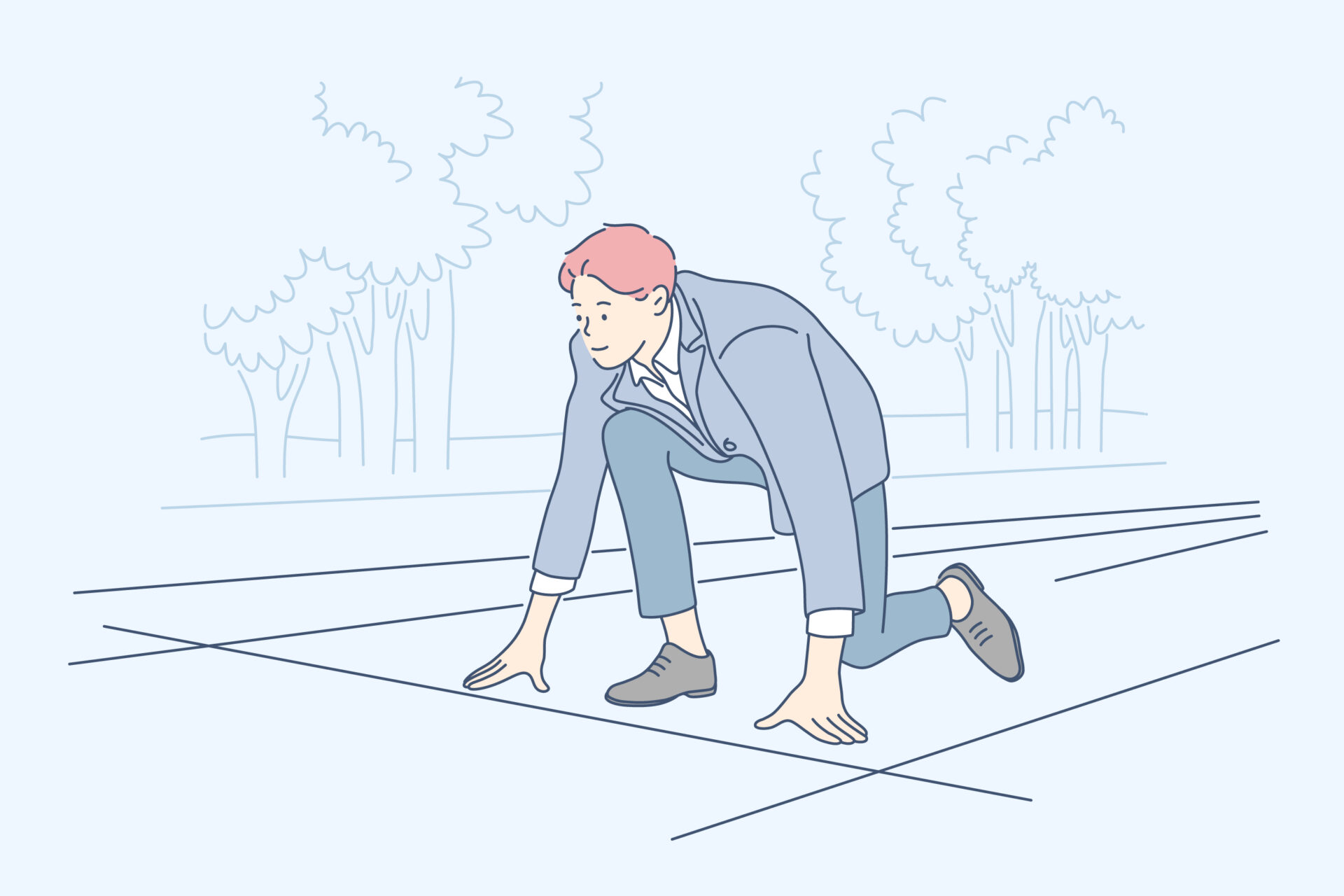
Now that you know what steps to take, where should you begin? This depends in large part on your situation. Whatever stage of your career you are currently at, you can take some steps to get moving. Check out these various starting points.
No Experience
One of the major concerns of UX grads is securing their first job. It can be challenging for job seekers to know what they need and how to prepare, and the path ahead isn’t always straightforward.
Keep in mind that every organization’s hiring process will differ slightly depending on its size, industry, and other aspects. But here is a general overview to help you get an idea of what to expect:
- Submit Cover Letter, Resume, and Portfolio
- Initial Phone Calls
- The Interview(s)
- The Job Offer
- The Job
There are several ways to prep for this process. The first step is to prepare your portfolio and resume. Make sure you personalize these for each position.
You should get ready for the interview process as well. The way you present yourself is just as crucial as the quality of your portfolio. You will need to demonstrate your commitment to the UX industry and be able to describe your design processes and philosophies. Prepare replies to potential interview questions so that you feel confident in your responses.
Related Career Transition
Transitioning from a career in a related field into UX design may not be as challenging as you think. Many UX designers actually have Bachelor’s degrees in other areas such as architecture, the humanities, or advertising. In particular, career transitions from graphic design to UX are common (and we even have a complete guide).
Depending on your current responsibilities, you may already be qualified to do UX design. Researchers, interaction designers, web developers, and many other careers can easily integrate UX.
Unrelated Career Transition
Transitioning into UX from a completely unrelated career field may be more challenging. However, it is not impossible. The key to success is being prepared and proving it.
Choosing the right strategies early for a career change into UX design is imperative. Try to connect any professional experience you have with UX. You may be able to take on UX-like responsibilities in your current role. Are there any ways to improve products at your current job? Could you conduct user interviews or tests? These are great opportunities to demonstrate your UX expertise.
Taking on a side project can also be a helpful way to showcase your skills outside of your work environment. For example, uxtools.co’s creator developed the site exclusively on weekends and evenings. Initially, it was just an idea to compare tools in a table, but it evolved into a creative outlet and knowledge base.
About the UX Design Industry
The best way to become a UX designer is to understand what a UX designer actually does and how the industry operates. Let’s learn more about what a designer does and what a typical salary is.
What Does a UX Designer Do?
The purpose of user experience is to design products and services with the end users’ needs in mind. How does this translate into a UX design position, and what does it involve?
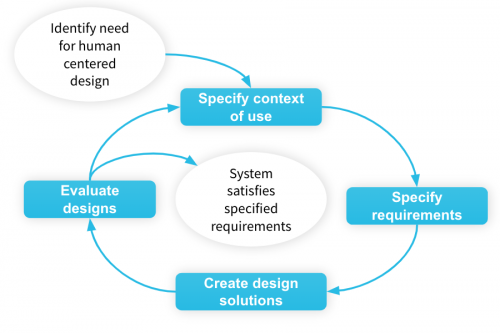
Source: UXPA International
According to UXPA International, an international standard is used to develop UX methodologies. The standard defines a method for integrating human-centered activities into the life cycle of a product. As you can see in the graphic above, these steps include: specifying the context of use, identifying the requirements of use, creating design solutions, and evaluating the design.
Day-to-day tasks include conducting user research, wireframing, prototyping, and conducting usability tests. There are plenty of additional tasks and specialties under each of these categories.
Are UX Designers in Demand?
Did you know that UX moved from #43 to #14 on the list of the 100 best jobs in America from 2012 to 2015?
UX design jobs are abundant—and we expect that to continue through 2022 and beyond. UX design is ranked among LinkedIn’s top ten skills. According to the US Bureau of Labor Statistics, jobs for UX designers are expected to grow at an accelerated rate of 8%, which is faster than average.
How Much Can a UX Designer Earn?
The average annual base salary for UX designers is around $100,000, with plenty of growth and advancement opportunities.
A UX designer’s salary varies depending on where they live, what kind of company they work for, and how much experience they have. Entry-level UX jobs tend to be among the highest-paying, and those with a Bachelor’s degree or Master’s degree have extensive earning potential. UX professionals earn higher salaries than the national average.
Discover everything you need to know about UX designer salaries and what you can expect from your earnings potential in our complete guide.
What Is the Career Outlook for a UX Designer?
Like most other career fields, UX design was affected by the COVID-19 pandemic. A Forrester report indicates that remote work has increased by 300% compared to the pre-pandemic era, so there will be more remote jobs than ever for UX designers.
Moreover, the demand for digital products and services has increased since last year, as people spent more time indoors. Healthcare, fitness, wellness, media, and education are the top areas to see an increase in demand for UX designers.
Experts Tips on Becoming a Good User Experience Designer
If you want to maximize your potential as a UX designer, there are plenty of things you can do. Here is some insight from UX design experts to get you started.
Practice, Practice, Practice
Even if you don’t have access to any real projects yet, you can still practice UX work. UX designer and Springboard mentor Ana Santos is a fan of using fictional work to practice your skills and build your portfolio.
“The goal of this type of project is to give you the opportunity to showcase your process step by step,” she said. “Fake UX projects are so valuable that not only beginners work on them. In fact, it’s a great thing to keep doing these to keep up with your skills and critical thinking, even if you’re a senior UX pro.”
Take Feedback to Heart
A lesson from David Kadavy, the author of “The Heart to Start,” is to remember that feedback gives you a chance to improve. By embracing feedback and using it to grow, you’ll become a better designer.
“Early in my career, I found that I avoided feedback. It can be an uncomfortable process, particularly early on,” he said. “Remind yourself that feedback is growth. It can give you the mental resilience to get through the initial sting of feedback that isn’t what you had hoped for.”
Embrace the “I Don’t Know”
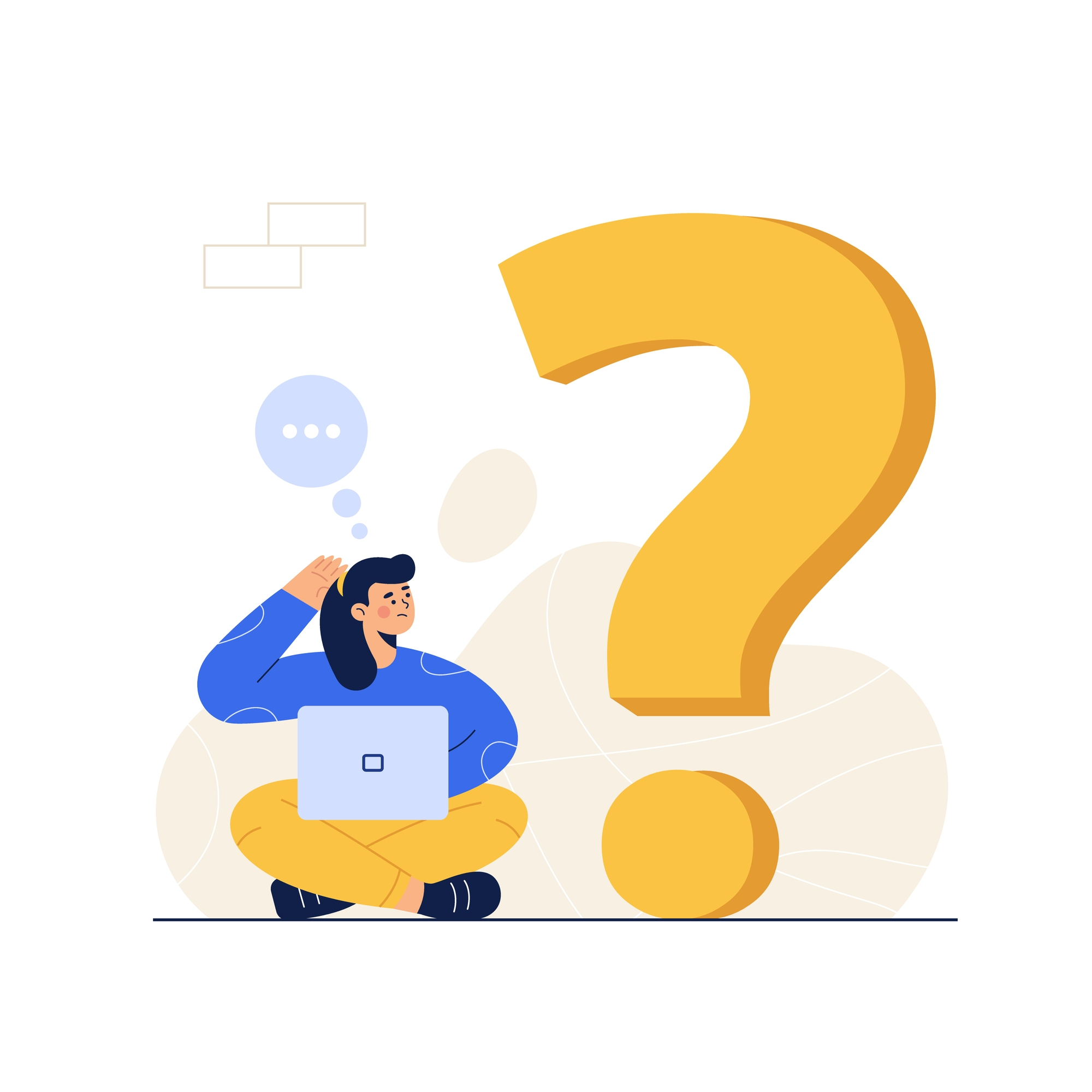
In our quest to avoid imposter syndrome and appear knowledgeable in our field, we often get in our own way as designers. UX consultant Catherine Hicks believes that acknowledging that you don’t know everything will help you grow as a designer.
“The biggest lesson I had to learn early in my career is that ‘I don’t know’ is a perfectly acceptable answer,” she said. “When you state that you don’t know something, you open yourself up to the opportunity to learn something new and learn it without shame. It allows you to open new avenues of exploration that you may miss if you pretend to know everything.”
Becoming a UX vs UI Designer
Looking through job postings and descriptions, you may find UX design and UI design are sometimes used interchangeably. It is essential to point out that the two are not the same.
User experience design is a broad field that focuses on users’ overall interaction with a product. UX designers consider the end-to-end customer experience by utilizing user research, strategy, and content development.
On the other hand, UI design is a specialty area of UX design that focuses on how a user interacts with digital products. UI designers use design research, branding, and responsive design to create a digital experience that looks and feels great across devices.
In essence, UI designers focus solely on digital interactions and user interface design. In contrast, UX designers consider all aspects of the user experience, not just digital ones.
FAQs About Becoming a UX Designer
Still feeling a little unsure? The following common questions may help clear it up for you.
What Skills Do You Need To Become a UX Designer?

UX designers need technical skills, such as design tools, and soft skills, like collaboration. Many of these skills are specific to UI/UX, while others are more general. Many UX designers have backgrounds in other tech fields and bring additional transferable skills, such as graphic design, marketing, or software development and coding.
Any aspiring UX designer should have a comprehensive understanding of these essential UI/UX skills:
- User research
- Wireframing and prototyping
- UX writing
- Visual communication
- User interaction design
- Basic coding
- Usability testing and analysis
- Information architecture
Can You Become a UX Designer With No Experience?
Yes, you’ll just need to invest some time and energy. There are plenty of steps that a newcomer can take to break into the UX field without experience:
- Take a course
- Start a side project
- Frame your existing experience in a UX light
- Volunteer to gain experience
- Join a UX community and network
- Build a portfolio
How Long Does It Take To Learn UX Design?
It takes time to become a good UX designer. You must be persistent and a diligent learner. You’ll have to do plenty of reading and a lot of practicing. Over time, you’ll develop your design philosophy and get comfortable telling your design story. How long this takes is different for every designer.
While we can’t guarantee it will be easy, plenty of satisfied UX designers all over the world agree it will be worth it.
Since you’re here…
Are you a future UX designer? Enroll in our UI/UX Bootcamp and join over 10,000 students who have successfully changed careers with us. Want to get wireframing right this second? Check out our free UX learning path today.




